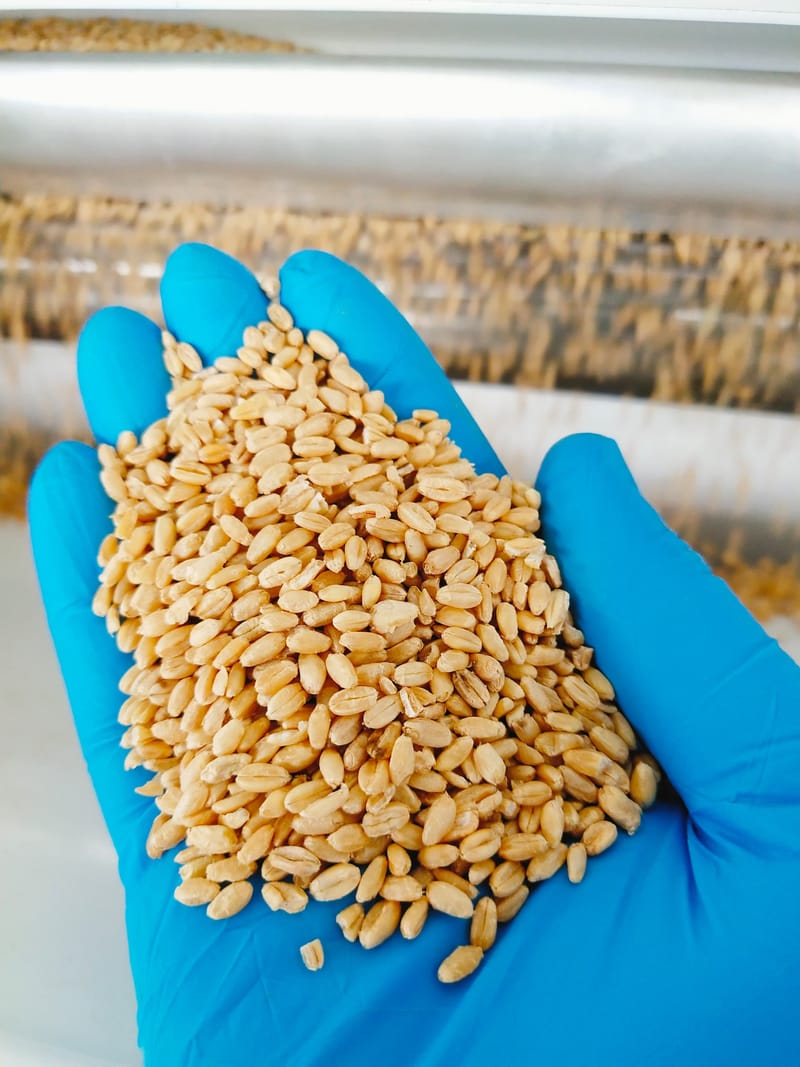Wheat Receiving

1. Unloading and Inspection:
When wheat arrives at our mill, it is typically delivered in bulk via trucks. The first step is unloading the wheat into designated receiving pits.
At this stage, mill personnel perform an initial inspection to assess the quality of the incoming wheat. This inspection includes checking for foreign materials, moisture content, and other contaminants. It also verifies that the wheat meets the desired quality standards.
2. Cleaning:
The unloading process is followed by a thorough cleaning of the wheat. This is done to remove any foreign materials, dust, stones, and other impurities that may have been picked up during transportation.
We employ advanced cleaning equipment, such as vibrating screens, magnetic separators, and gravity tables, to achieve high-quality cleaning.
3. Weighing and Sampling:
After cleaning, the wheat is weighed to determine the quantity received.
Sampling is also conducted to obtain representative samples of the wheat. These samples are sent to the onsite laboratory for further analysis, including tests for moisture content and protein levels.
4. Storage:
The cleaned wheat is transported to storage silos for temporary storage before processing.
5. Conditioning:
Before the milling process begins, the wheat undergoes a conditioning phase. This involves adjusting the moisture content of the wheat to optimize its milling properties.
Conditioning is done by adding potable water to the wheat and allowing it to rest for 12 hours. This helps relax the bran layers, making them easier to separate from the endosperm during milling.
6. Tempering:
Tempering is part of the conditioning process. Temper water is added to the wheat to further regulate moisture content and improve milling characteristics. The tempered wheat rests in conditioning bins to ensure uniform moisture distribution.


